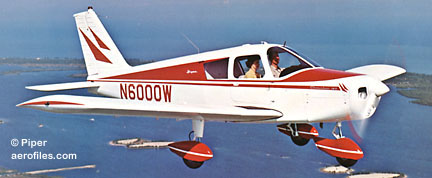psween
Pre-takeoff checklist
I posted a few months ago about looking for a low cost 4 seater in the Cherokee/172/Cheetah range, and while I still think that would be a good fit for most of my needs (wants), it looks like I'd have to save up for at least another year to afford one. My airplane fund and cash flow right now would allow me to get into a mid time, minimal IFR 150, which would allow me to build hours, work on my IFR rating, and eventually serve as a trainer for my kids (oldest is 13 now). I'd eventually like to get the CPL and CFI as well, so this could be a lower cost way to get there sooner rather than later. Looks like direct operating costs in the $30-40 range, with insurance and engine/maint. reserves bumping that up to around $60/hr. I can't rent for that, so tell me why I shouldn't go this way? Or if it's a great strategy, you can tell me that too, I like praise 
Patrick
Patrick


